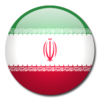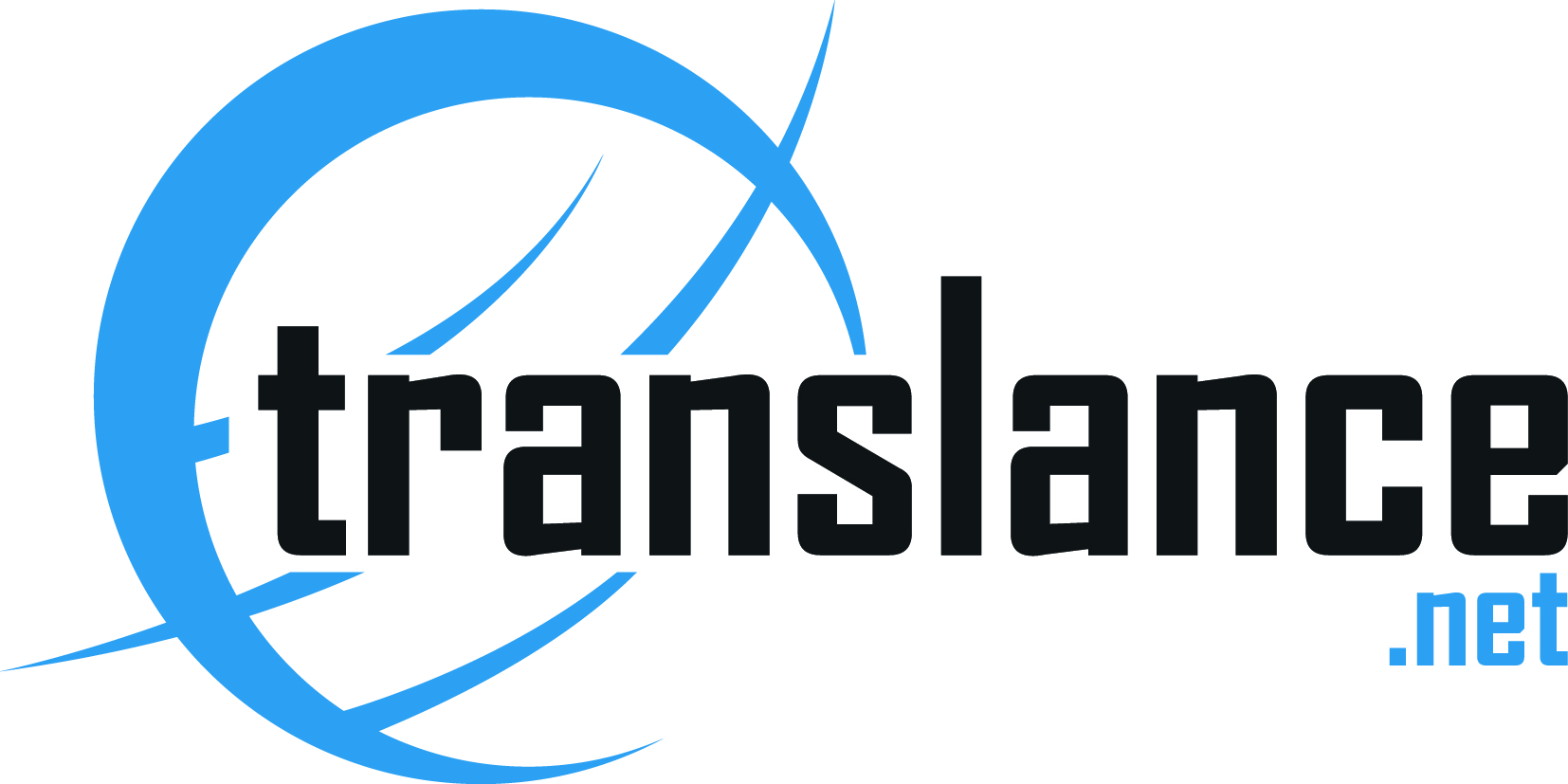Much has been said in regards to translation as being a standout amongst the best, if by all account not the only, methods for correspondence particularly among societies of various dialects. Interpretation as an idea has existed hundred years back, yet it is just amid the second 50% of the twentieth century that it developed as an autonomous scholarly teach called Translation Studies and educated at colleges. A desperate requirement for translation, as a scholarly train, has incited particular and scholars in the field to look for more advanced strategies and procedures for brisk, modest and successful translation. In this way, another sort of translation has risen to rival Human Translation; it is called Machine translation or the programmed translation.
This paper, in its theoretical part, will endeavor to shed light on the idea of translation and how interpreters have picked up their significance through history. The concentrate is to be additionally on the development of Machine Translation and how it advanced. For recognizing Human Translation and Machine Translation, a correlation is drawn between the two ideas. The commonsense foundation of the paper will give a case of a content deciphered by both Human Translation and Machine Translation, endeavoring to pinpoint a portion of the major handy elements deciding the nature of the translation.
The Concept of Translation
Interpretation is generally characterized as the demonstration of transmitting the dialect of the source content (S.T) into the dialect of the objective content (T.T) mulling over social and etymological contrasts. Interpretation in the Arab world, for example, is known as "a demonstration of comprehension before clarifying"; " عملية فهم قبل الافهام الترجمة هي". In such manner, it is fundamental that before beginning the translation of any content, the interpreter ought to have a reasonable seeing, etymologically, semantically and socially, of that source message so he or she would have the capacity to pass on the genuine proposed significance of the objective dialect.
In his book Introducing Translation Theory: Theories and Applications[1], Jeremy Munday portrays translation as a procedure saying that: "The procedure of translation between two distinct dialects includes the interpreter changing a unique composed content ( the source content or ST) in the first verbal dialect ( the source dialect or SL) into a composed content ( the objective content or TT) in an alternate verbal dialect ( the objective dialect or TL)"[2]. Actually, what Jeremy characterizes in this announcement is the sort of translation called "interlingual translation" as has been ordered by Jakobson[3] alongside the two different sorts known as "Intralingual translation" and "intersemiotic translation". The kind of translation characterized by Jeremy is the most widely recognized one in that it is worried about translation of composed writings of various dialects as contradicted, for example, to intralingual translation which is worried about deciphering inside a similar dialect ( utilizing, for instance, summarizing), or as on account of intersemiotic translation that needs to do with making an translation of composed writings into non-composed works, for example, movies, pictures or music.
Interpreters: from haziness to light
Missteps, mistranslations, or notwithstanding interpreting writings that have been as of now deciphered were typically a portion of the foundations for rebuffing and tormenting interpreters ever. A for example, is one of the illustrations talked about in Alex Gross' article " Some Major Dates and Events in the History of Translation"[4]. The illustration is that of the English interpreter, "William Tyndale, who tragically tried to decipher the Bible when King Henry VIII of England had chosen there could be just a single right translation"[5]. Accordingly, the interpreter was choked and afterward consumed. The decision behind giving such an illustration is just to portray the distinction between the status of interpreters in antiquated circumstances and that of contemporary interpreters.
The significance of translation, these days, has been recognized more than whenever ever, and it is not an astonishment on the off chance that one meets an interpreter who turns into a mogul just from his occupation as an interpreter. In any case, subsequent to observing the emotional history of translation, it ends up noticeably clear that interpreters were not to achieve such a fundamental position unless some of them were executed, others were murdered out in the open, and the most fortunate interpreters were detained.
The great notoriety that translation, as an Academic train, and interpreters are increasing regular is, most importantly, because of the noteworthy part they had driven beginning from the 1940's particularly amid the Second World War. At this specific time, interpreters were exceedingly expected to decipher spying archives chiefly between the U.S.A. furthermore, its first adversary around then the Soviet Union. Indeed, even after this period of contention, the significance of translation was expanding in that it was required in the field of Economy; fuses everywhere throughout the world made utilization of translation with the goal that they could grow their business making it achieve each mainland.
The Emergence of Machine Translation and its advancement.
The opposition towards building up more business with various parts of the world instigated propelled nations in innovation to search for simple and speedy routes for correspondence. Subsequently, there rose a sort of translation known as Machine Translation for the procedure of translation was done by machines. The particular date when this sort of translation emerged as expressed in Olivia Craciunescu's article " Machine Translation and Computer-Assisted Translation: a New Way of Translating"[6] is accepted to be "the beginnings of the Cold War… in the 1950s rivalry between the United States and the Soviet Union"[7].
Machine Translation as another rising control in the field of translation examines has come to fill the void existing because of the modest number of good and recognized interpreters. It was an invaluable method for translation in that it spares both time and cash; an extensive amount of articles and records were effortlessly deciphered in a brief span with a low measure of cash.
So far as the characterizing elements of machine translation are worried, in an article entitled "PC Translation: the status today"[8], it was expressed that the primary errand allotted to machine translation is "to investigate the structure of each term or expression inside the content to be deciphered (source content). It at that point separates this structure into components that can be effortlessly interpreted, and recomposes a term of a similar structure in the objective language."[9]. The procedure done by machine translation, at that point, can be abridged in the demonstration of breaking the auxiliary segments of the source content and after that incorporating similar segments in the dialect target writings. The entire activity of translation is done naturally.
In a similar article, an unmistakable refinement has been drawn between Machine Translation and an other sort of translation called Computer-Assisted Translation. The last one is, truth be told, another type of programmed translation that came to supplant Machine Translation in that it gave more beneficial administrations. Since its first appearance, machine translation has known a kind of evolution as far as the development of various refined projects built up by organizations contending in the field of data innovation. Along these lines, Computer-Assisted Translation has seen its introduction to the world and it was obviously because of Machine Translation that lost quite a bit of its significance for the more grew hard and delicate materials the new developing project has brought. PC Assisted Translation, as the name may uncover, is a programmed translation where the human interpreter is supported by the machine and the other way around. This sort of programmed translation contrasts from Machine Translation, and it was chiefly supported, for it initially gives "various tools"[10] including "phrasing databases and translation memories"[11], and second for it permits much space for the human interpreter to mediate during the time spent translation "to roll out improvements whenever while the work is in progress"[12].
Thusly, the way that machine translation is completed by machines does not imply that people are absolutely absent from the procedure of translation; in any case, there is human intercession, as on account of Computer-Assisted Translation and in different instances of some deciphering machine programs that are constrained as far as the vocabulary gave by their modified word references. In such manner, the part of human interpreters is manifested in what is known as the procedure of pre-altering of the proposed source content to be deciphered, and post-altering of the interpreted adaptation gave by the machine translation.
The significance of Human Translation
Any endeavor to supplant Human Translation absolutely by machine translation would positively confront disappointment for, because of a straightforward reason, there is no machine translation that is equipped for understanding. For example, it is just the human interpreter who is capable of deciphering certain social parts that may exist in the source content and that can not be interpreted regarding comparable terms, much the same as what programmed translation does, into the dialect of the objective content. Likewise, it is generally settled upon that a standout amongst the most troublesome assignments in the demonstration of translation is the means by which to keep a similar impact left by the source message in the objective content. The programmed translation, in such manner, has demonstrated its shortcoming, more often than not, when contrasted and a human translation. The human interpreter is the main subject in a position to comprehend the distinctive social, etymological and semantic elements adding to leaving a similar impact that is left in the source content, in the objective content.
Automatic translation is viewed as an apparatus for creating speedy and awesome number of deciphered writings; in any case, the nature of the translate
Join us for your translation projects; join us as a client or translator
 English
English Persian
Persian

